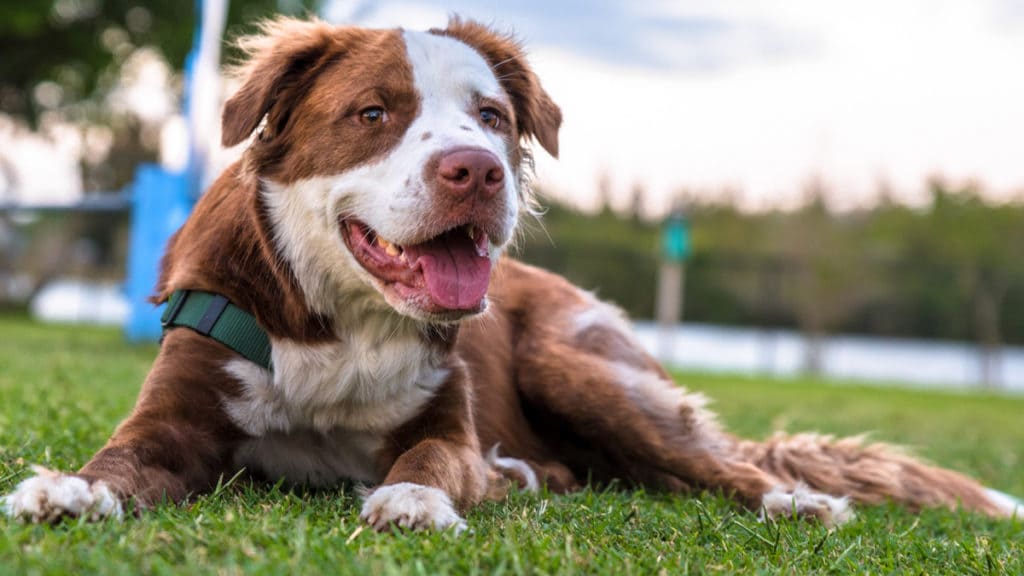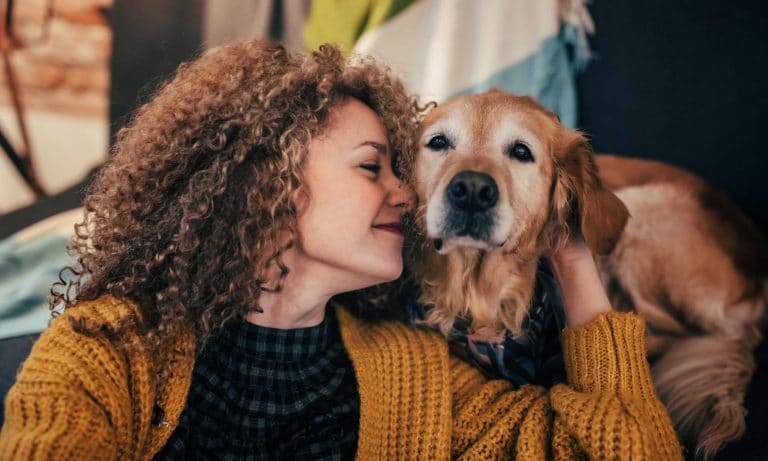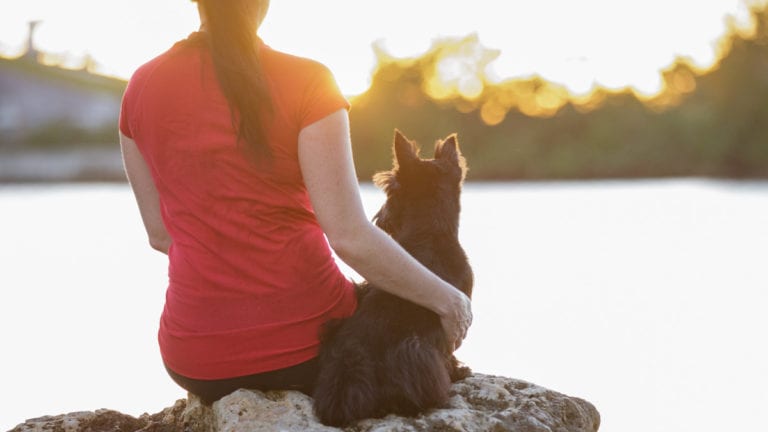Are You Thinking of Fostering a Dog for the First Time?
If you’re considering fostering a homeless dog, hurray! If you foster a dog from a shelter or rescue, you are not only helping that dog, but you are also making room for another homeless dog. While fostering can be a rewarding experience, you will want to make sure you are prepared and ready for the commitment, especially if you are fostering a dog for the first time. We turned to Sara K. Enos, Founder and CEO of the American Pit Bull Foundation in Charlotte, NC, for her advice for prospective dog foster parents.
What to Know Before You Foster a Dog
First Things First
Before you commit to fostering a dog for the first time, check your homeowner’s insurance or rental policy. Some have restrictions on how many dogs are allowed, how much they weigh, and/or what breed they are. The next step is to assess your lifestyle to determine what type of dog you should get. If you like to be active, don’t take on a dog with health issues that keep him sedentary. Likewise, if you’re a homebody who likes to kick back when you’re not working, let the organization know that, so they don’t match you with an athletic dog or a puppy. Finally, if you are fostering a dog for the first time, don’t take on a special needs dog. It is easy to get overwhelmed if your first foster is a challenging animal.
Shop Smart
Preparing for a dog to arrive at your home—foster or otherwise—is not unlike preparing to bring home a new baby. You’ll need plenty of dog supplies, and, in your excitement, it’s easy to overdo it. Different foster organizations provide their foster parents with different supplies. Ask for a list of what you’ll need to provide versus what they’ll send the dog home with. At a minimum, the dog will need:
* Food of high nutritional value. It’s really important to feed your foster dog food that has a high nutritional value. One to try is Nulo Freestyle Turkey and Sweet Potato Dry Dog Food, which is not only grain-free, but includes 85% animal-based proteins.
* Heartworm and flea medications. Protect your foster from heartworms and fleas by using the Advantage II Flea Treatment for Large Dogs, which is easy to apply, and there are different formulas for dogs of different sizes.
* Water and food bowls. Loving Pets Bella Bowls Pet Bowl is stainless steel and is naturally bacteria resistant for a healthy pet.
* A collar/leash/harness. The Petsafe Premier Martingale Collar is a great inexpensive option, and Sassy Dog’s reflective harness with a matching leash is the perfect duo for daytime or nighttime walks.
* An appropriately sized dog crate. The MidWest iCrate Dog Crate has convenient double doors and comes in six sizes.
* An identification tag. A dog in a new environment—especially one who hasn’t been spayed or neutered—can be prone to bolting. The Pawsitively Safe tag helps reunite you with your pet if they get loose.
Wait on the Fun Stuff
As for treats and toys, it may be best to wait until you’ve gotten to know your foster dog. How rough is he on toys? Does he love squeaky toys or hate them? Which dog treats seem to motivate him the most? Greenies Dental Dog Treats are popular with pups, and they serve as a reward while helping to keep teeth clean. Bite-sized VetriScience Composure Dog Chews may be worth considering if your foster dog is particularly anxious during the adjustment into their new routine. Once you figure out what your foster dog likes and their chewing intensity, you can look into fun toys like the USA Bones & Chews Deer Antler Dog Chew.
Involve the Whole Family
The whole family should be on board when you foster a dog. You want your foster dog to gain experience with others so you can see what type of people they like, and which they avoid—this will help in finding the perfect home for your foster dog. You should also make sure that, if you have children, they are supervised at all times when around the dog. Not all children know doggy manners and what is appropriate behavior when playing with a dog.
Be Prepared to Socialize Your Foster Dog
Even if you have no other pets, the foster dog still needs to learn doggy social skills. Enos explains, “Be prepared to socialize your foster dog! Even if you don’t own a dog, they still need to continue learning good doggy manners and social behaviors with others.” This isn’t as simple as taking him to the dog park and letting him run around, especially if you are not well-versed in reading dog body language. Dog parks can actually be stressful for some foster dogs. Instead, find out if your foster organization offers pack walks or training sessions for when you foster a dog. You can also ask to be connected with experienced foster families to schedule a playdate. The key to a successful playdate is keeping the excitement level low and creating a calm environment.
Go Slow With Other Pets
If you have other dogs at home, the potential for a good relationship could be ruined if you push them to be friends too fast. Start with leash walks during which there is no interaction between the dogs. If that goes smoothly, move into allowing hind-end sniffing while leashed. From there, go to controlled and calm off-leash interactions in a fenced area for 10 minutes to start. You should always feed them separately to prevent any potential for conflict. You should also remove all the toys when the two dogs are together to minimize the chance of any conflict. This “getting to know you” process can take a good 2 weeks.
Think Ahead
When you foster a dog, your job is not only to share your home and love with a homeless dog, but to prepare them for a future home. Enos says, “Most important to understand is that you are preparing a dog for a variety of different possible environments, not your environment.” Set them up for success by instilling good behavior from the start. Focus on teaching him fundamental manners that will benefit him in his forever home. It’s understandable to have the urge to spoil a foster dog, especially one who has had a rough life, but dogs thrive on routine and leadership. Instilling manners, such as sitting to be fed, no jumping, no begging and not pulling on the lead, are great ways to ensure success when placing your foster dog into a forever home.
Share:














